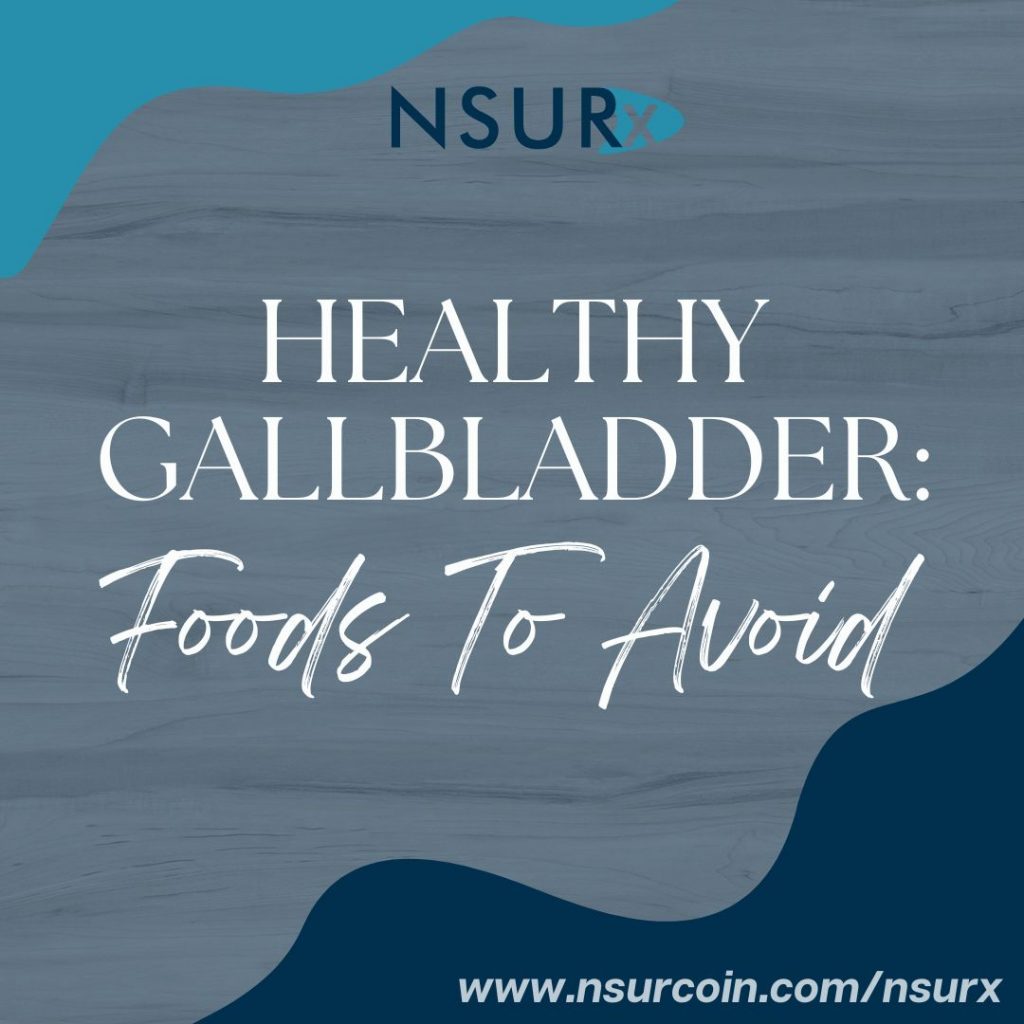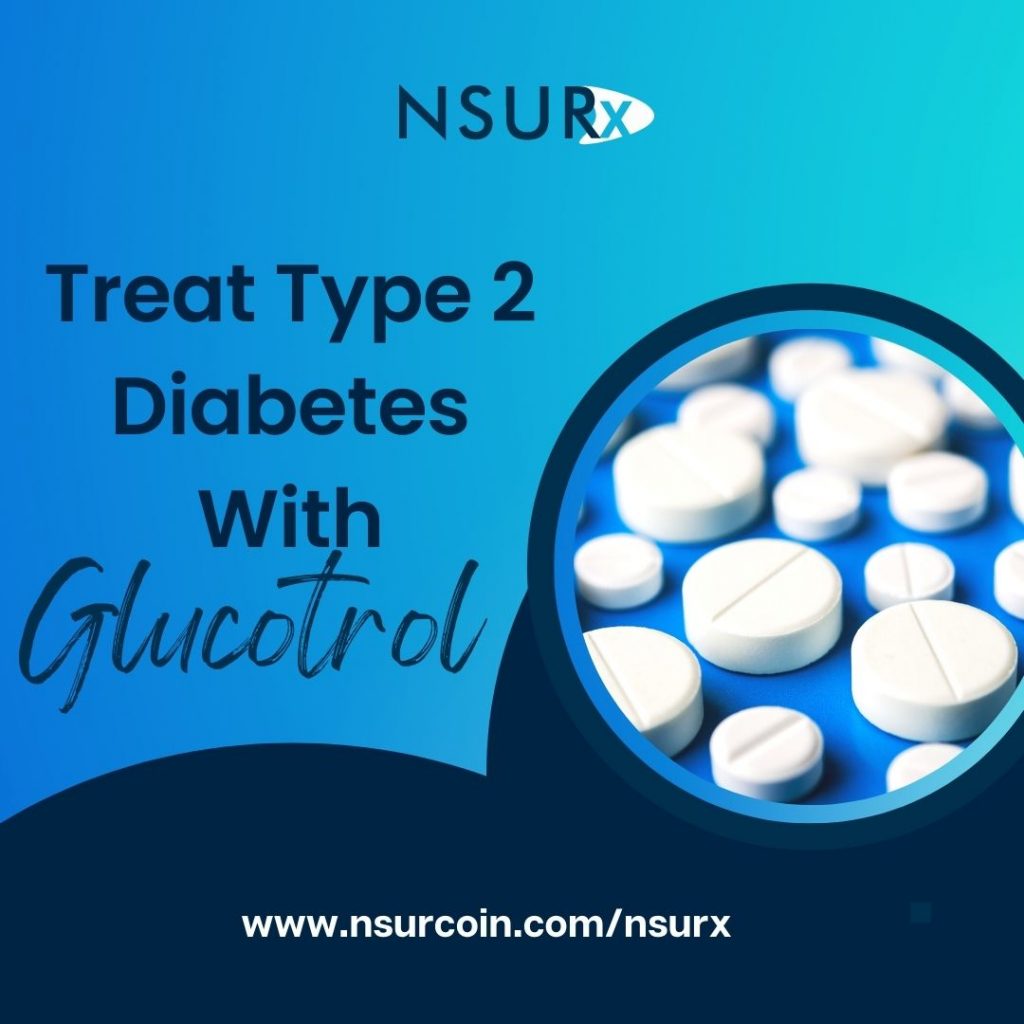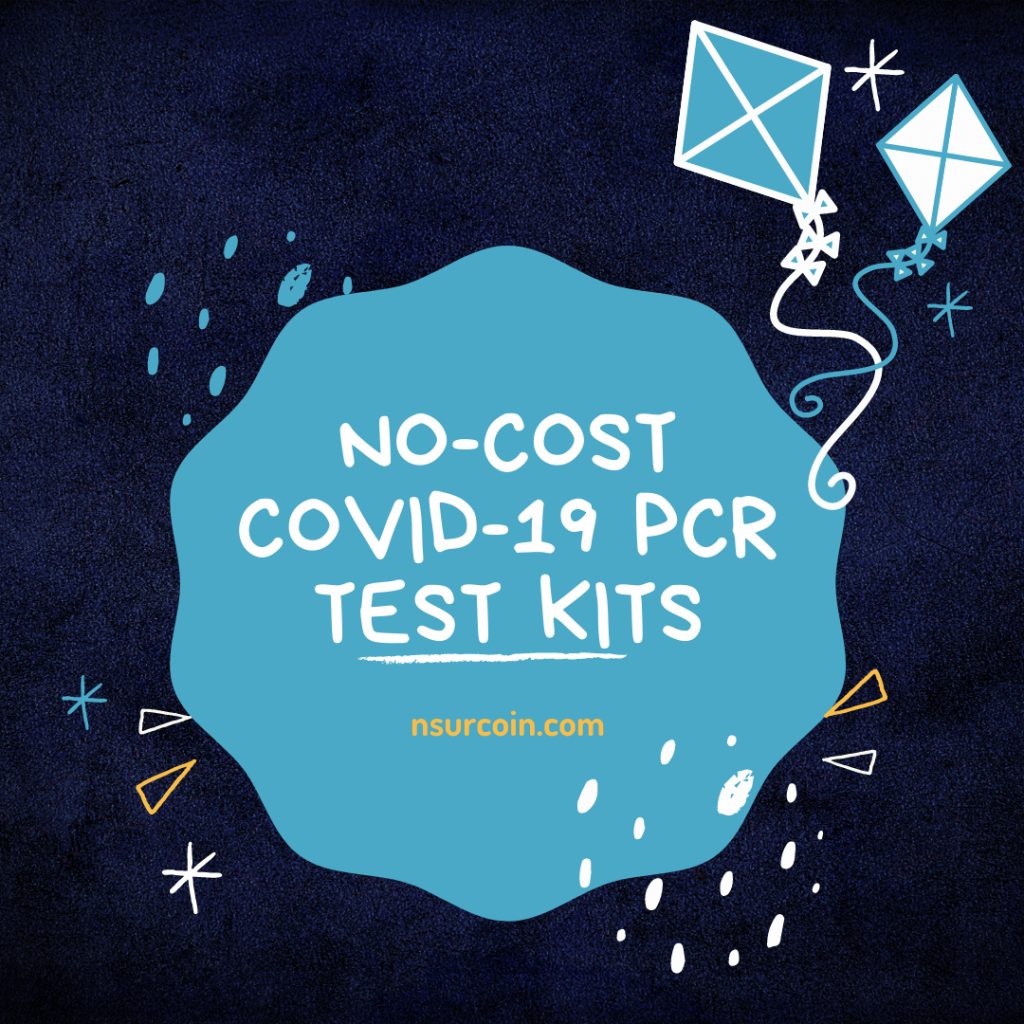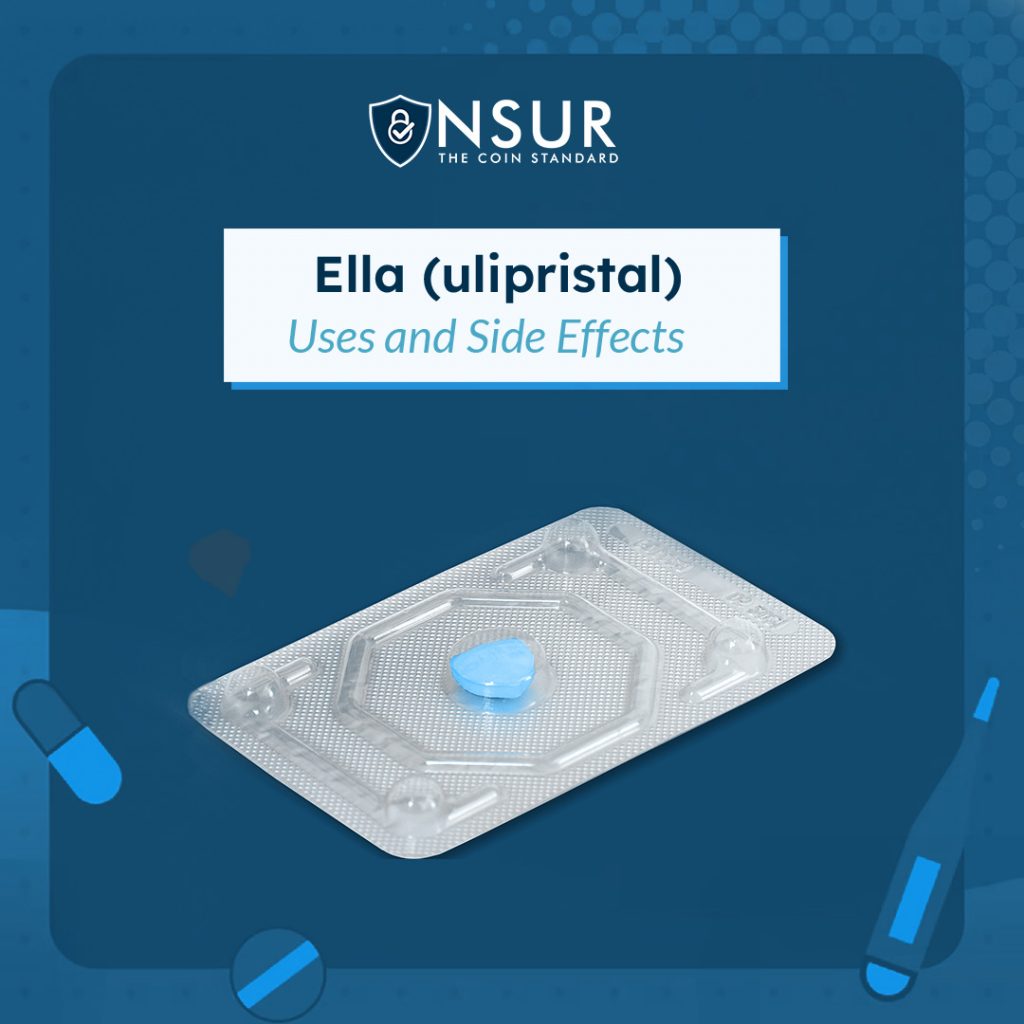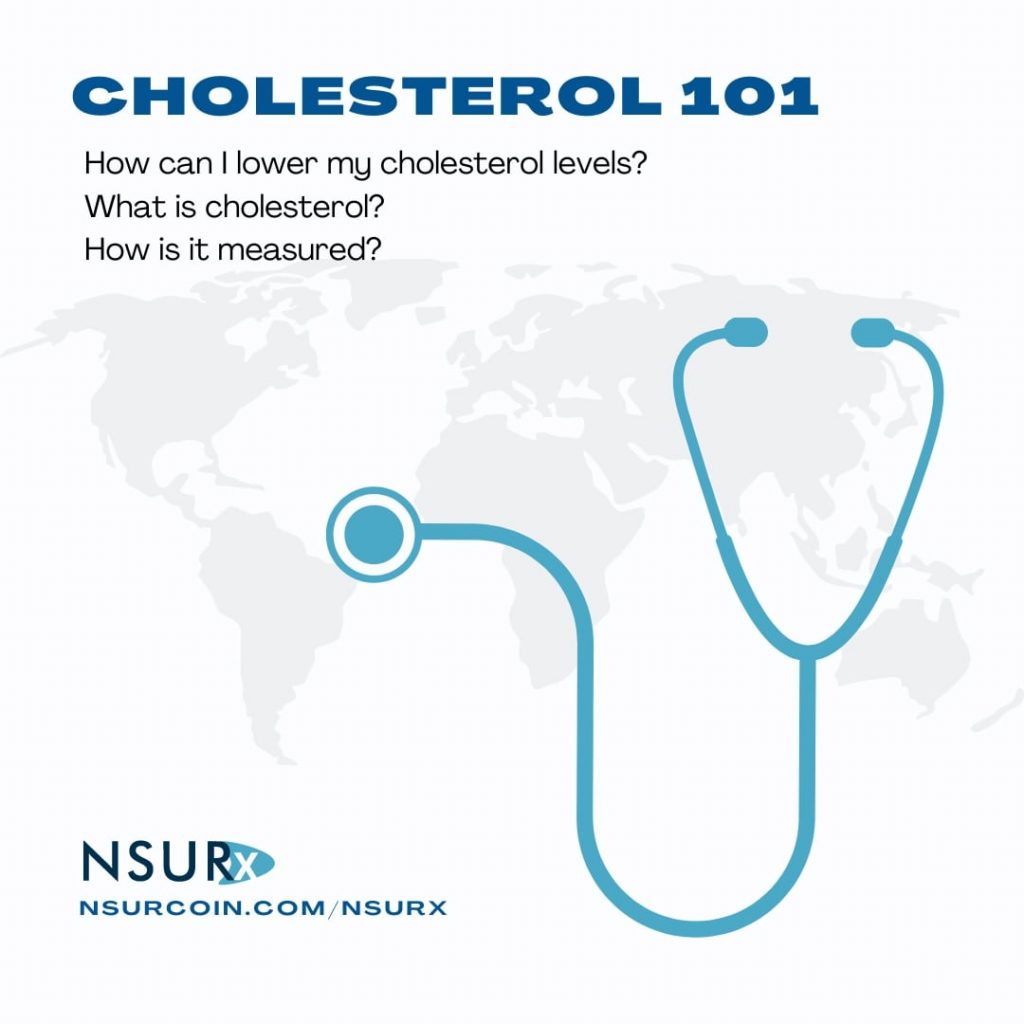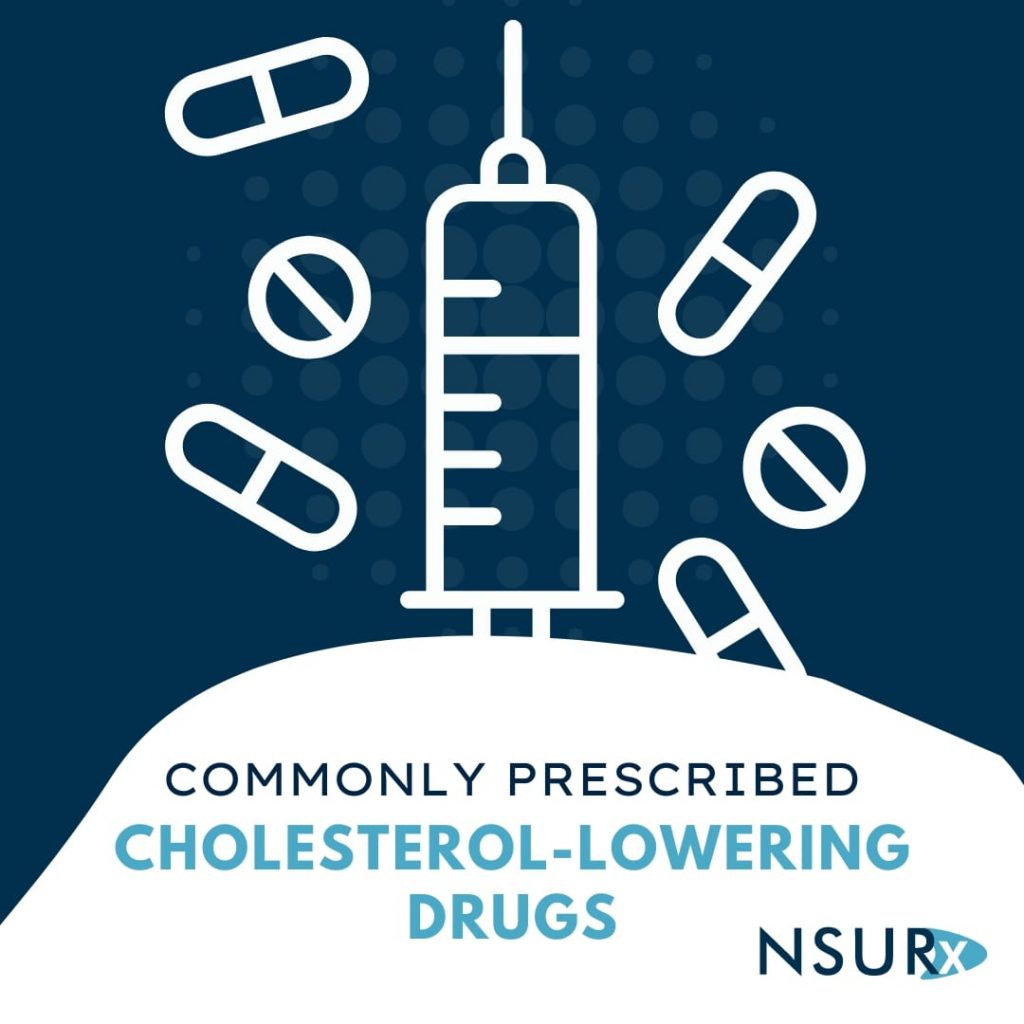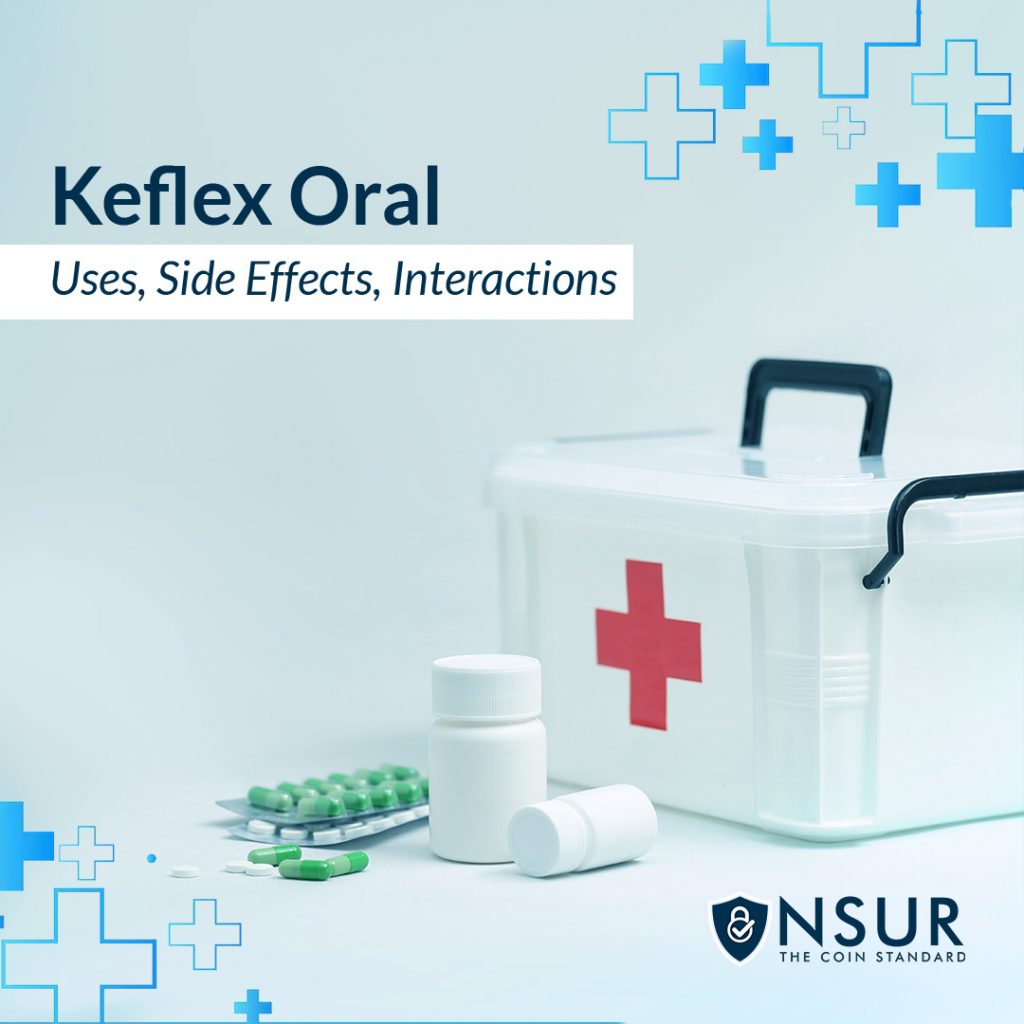
Keflex Oral is used to treat several bacterial infections. This antibiotic is classified as cephalosporin. The medicine acts by inhibiting bacterial growth and is ineffective against viral infections (such as common cold, flu). Inappropriate usage or abuse of any antibiotic might lead to its diminished efficacy.
How to use Keflex?
Take this drug by mouth, generally every 6 to 12 hours, with or without food, as advised by your doctor.
If using the oral suspension, shake the bottle thoroughly before each dosage. Use a proper measuring device/spoon to carefully measure the dosage. If you use a regular spoon, you may not obtain the exact dose.
The dosage is determined by your medical condition as well as your reaction to therapy. The dosage is also weight-based in youngsters.
Use this antibiotic at regular intervals for the greatest results. Take this prescription at the same time(s) every day.
Dosage
Capsule
- 250 mg
- 500 mg
- 750 mg (adult only)
Oral suspension
- 125 mg/5mL
- 250 mg/5mL
Tablet
- 125 mg (pediatric only)
- 250 mg
- 500 mg (adult only)
Risks
Some of the risks and side-effects are as follows:
- Extreme abdominal ache
- Diarrhea
- Unusual Fatigue
- Feeling dizzy or short of breath
- Bruising easily
- Unusual bleeding
- Purple or red areas beneath your skin
- Seizure
- Skin discolouration
- Cold hands and feet
- Dark urination
- Fever
- Weakness
- Painful urination
- Indigestion
- Vaginal itching or discharge
Seek medical attention immediately if you experience any of the above symptoms. Your doctor will be able to help you navigate these side-effects and might reduce or increase your dosage accordingly.
These are not the only negative effects of Keflex. See your doctor or pharmacist for further information.
Contact your doctor for medical advice for more information on the side effects.
Interactions
Drug interactions might alter the way your prescriptions operate or put you at risk for dangerous side effects. This guide does not include every conceivable medication interaction. Maintain a list of all the items you use (including prescription and nonprescription medicines, as well as herbal supplements) and discuss it with your doctor and pharmacist. Do not start, stop, or modify the dosage of any medications without first consulting your doctor.
Serious Interaction:
- BCG vaccine live
- Cholera vaccine
- Typhoid vaccine live
Moderate Interactions:
- Bazedoxifene
- Conjugated estrogens
- Dienogest/estradiol valerate
- Digoxin
- Estradiol
- Estrogens conjugated synthetic
- Estropipate
- Ethinylestradiol
- Flucloxacillin
- Mestranol
- Mycophenolate
- Pivmecillinam
- Probenecid
- Sodium picosulfate/magnesium oxide/anhydrous citric acid
- Temocillin
- Ticarcillin
Warning: We cannot guarantee that this information contains all potential interactions because medications interact differently in each person. This material is not intended to be a substitute for professional medical advice. Please consult with your healthcare provider about any potential interactions between prescription pharmaceuticals, vitamins, herbs and supplements, and over-the-counter medications you are taking.
Take advantage of NSURx for your prescription drugs!
With the NSURx Prescription Benefit Card, you can save money on your Keflex medications at more than 35,000 pharmacies across the United States.
You can save up to 80% on your medication by using an NSURx card. Hundreds of dollars in savings could be yours every time you fill out your prescription.
The more you shop with NSURx, the more NSUR Coins you will receive as a reward.
Reference:
- https://www.webmd.com/drugs/2/drug-6859/keflex-oral/details
- https://www.rxlist.com/consumer_cephalexin_keflex/drugs-condition.htm#what_is_cephalexin_and_how_does_it_work
- https://www.rxlist.com/keflex-drug.htm
- https://www.medicalnewstoday.com/articles/322404#interactions
